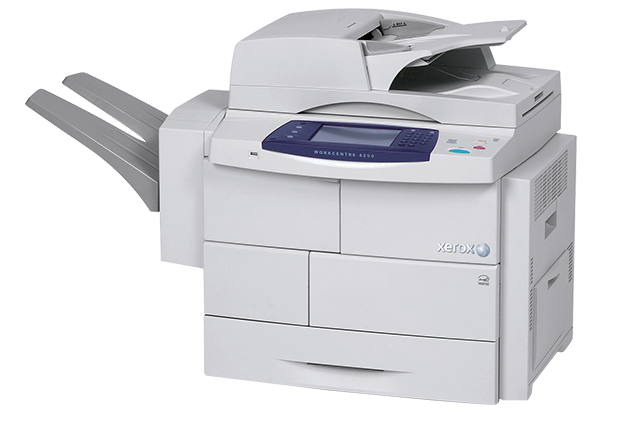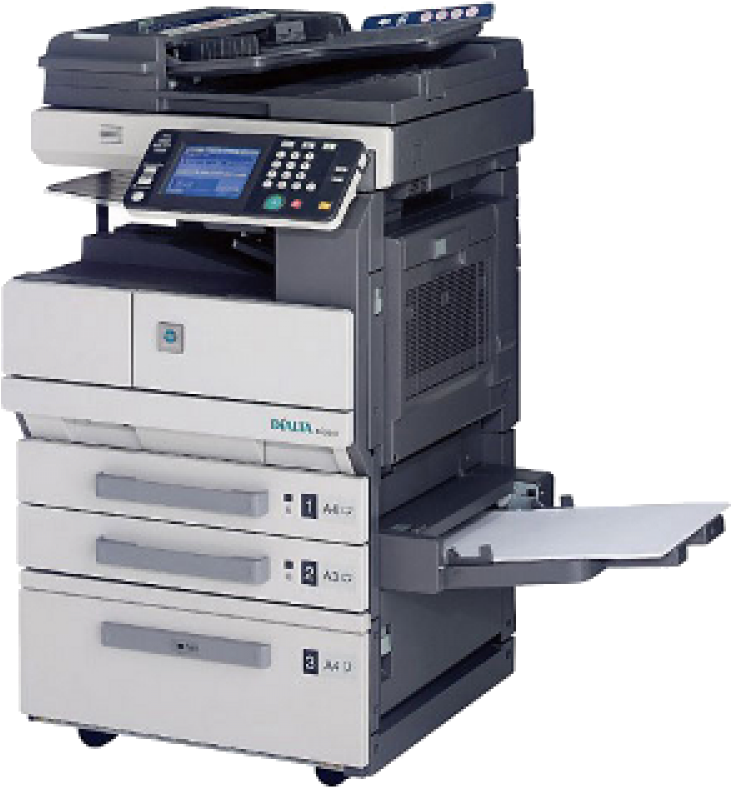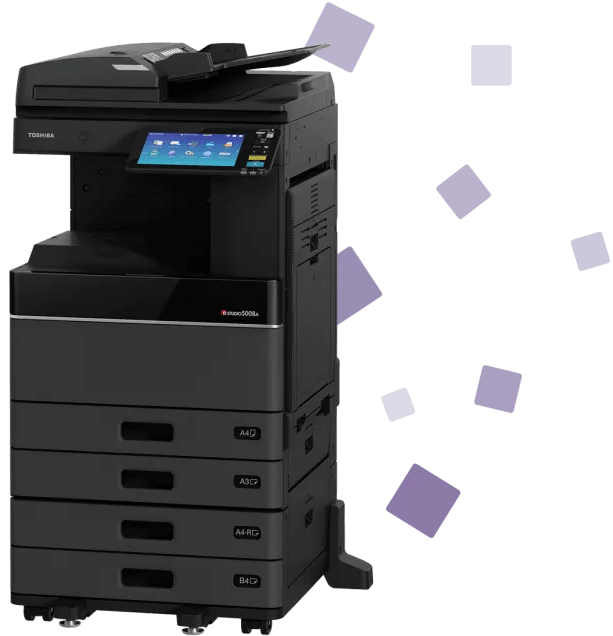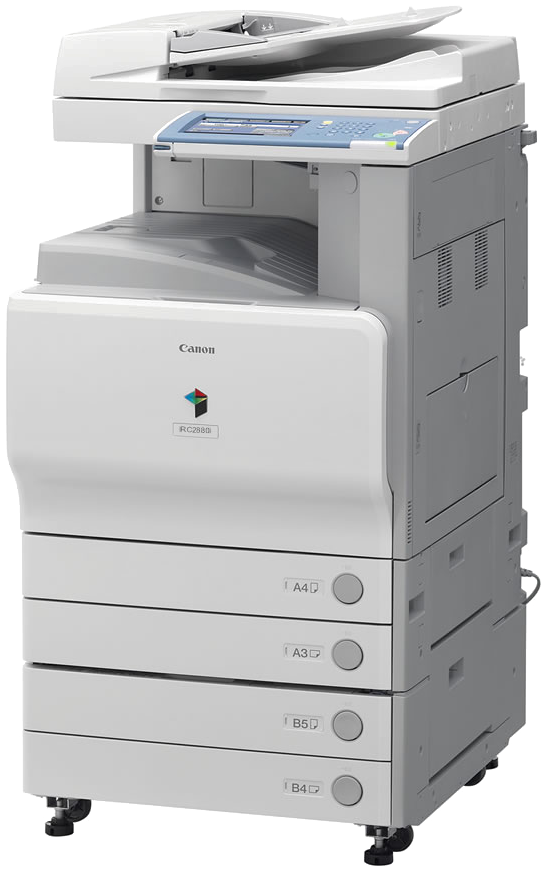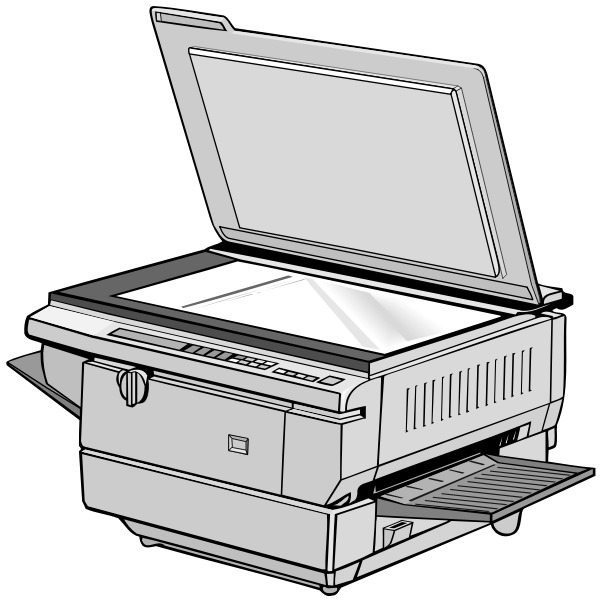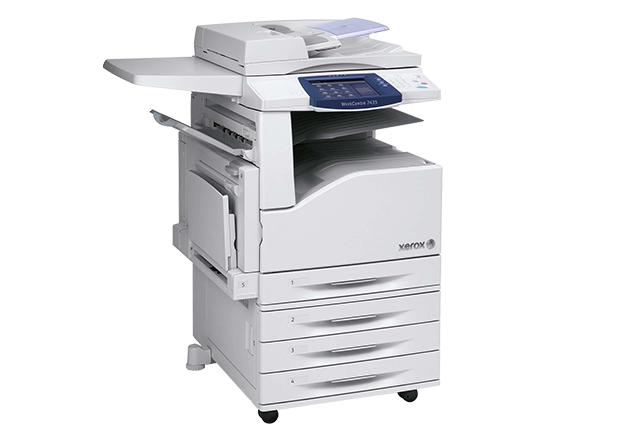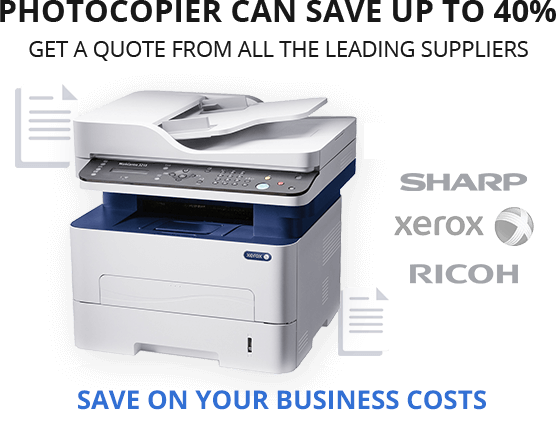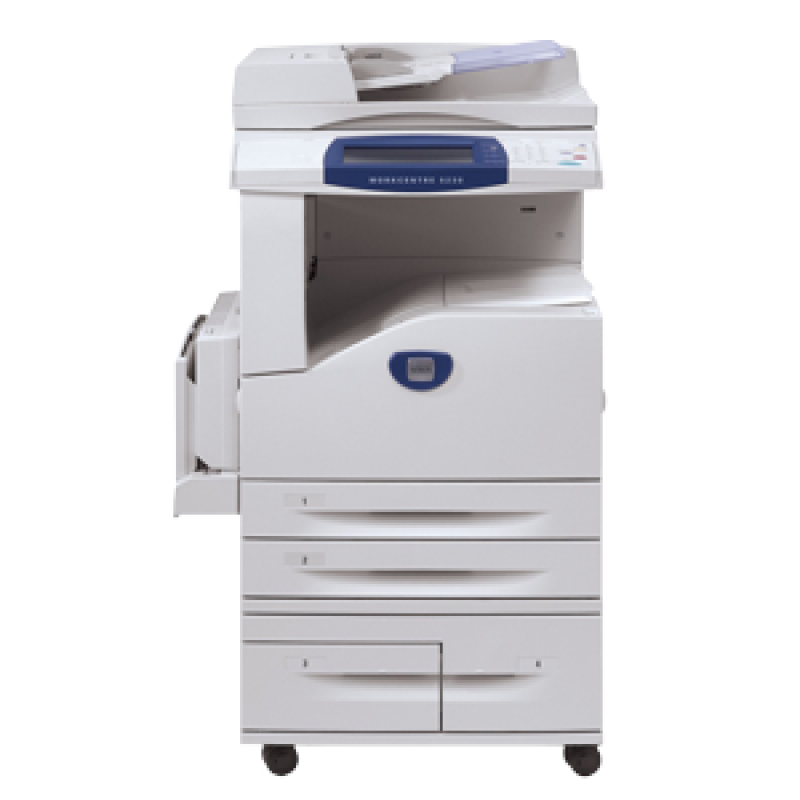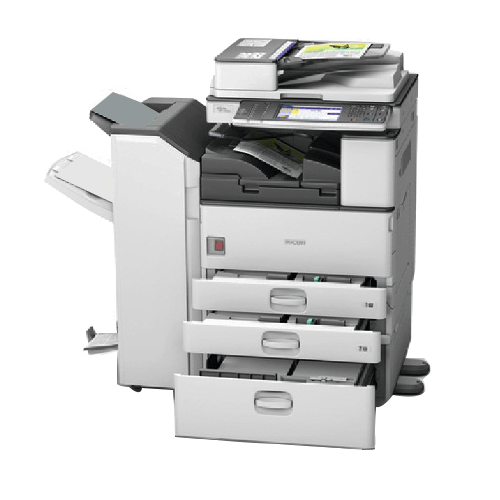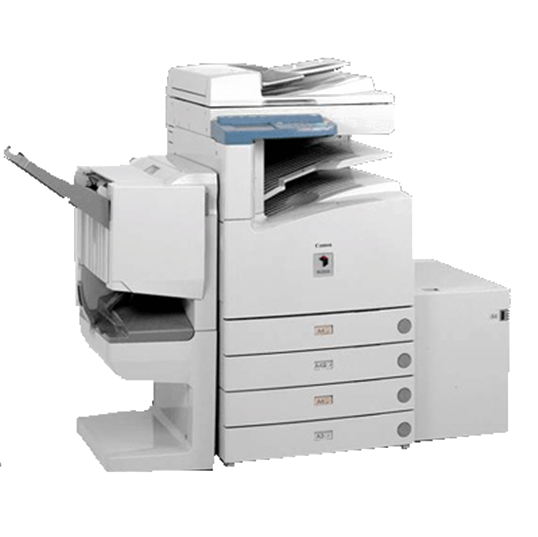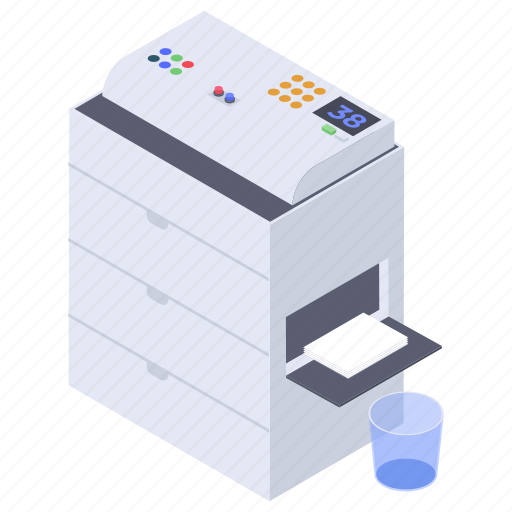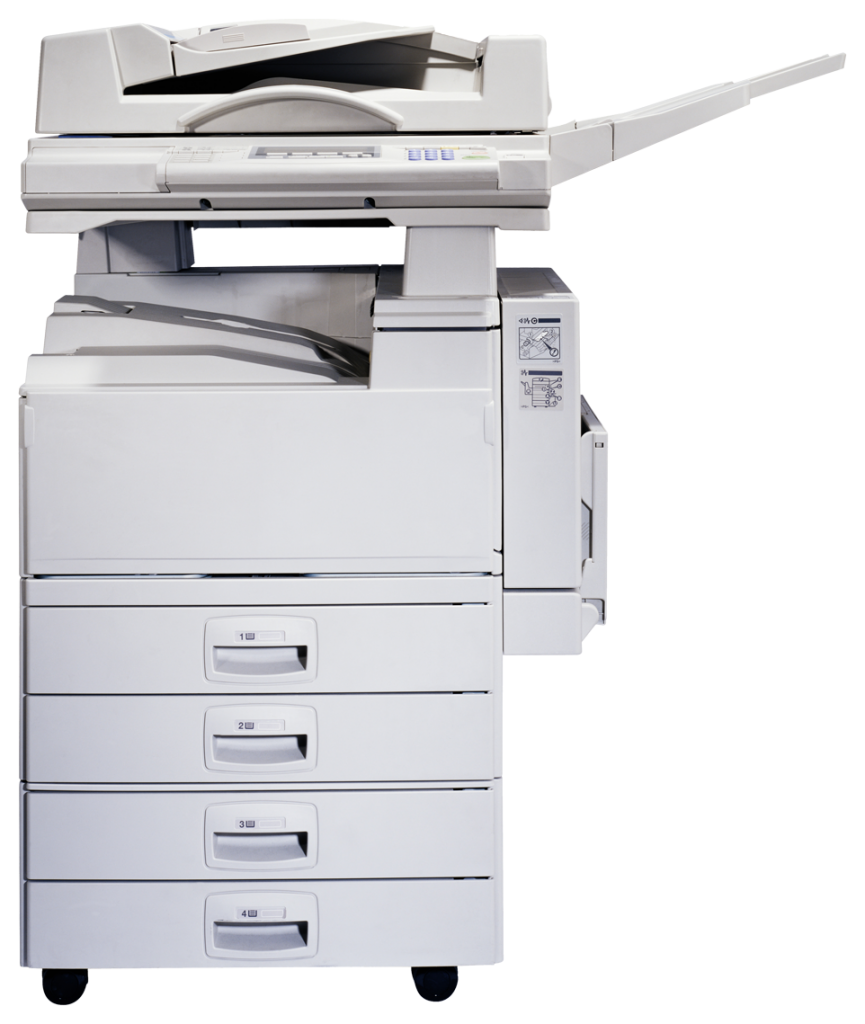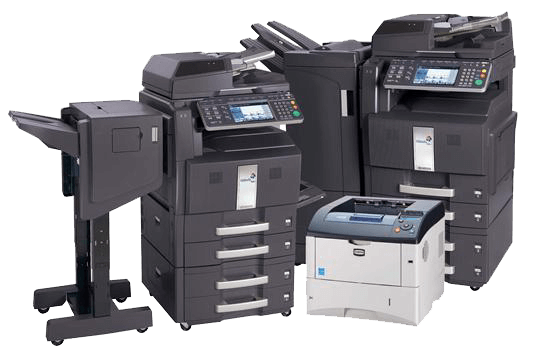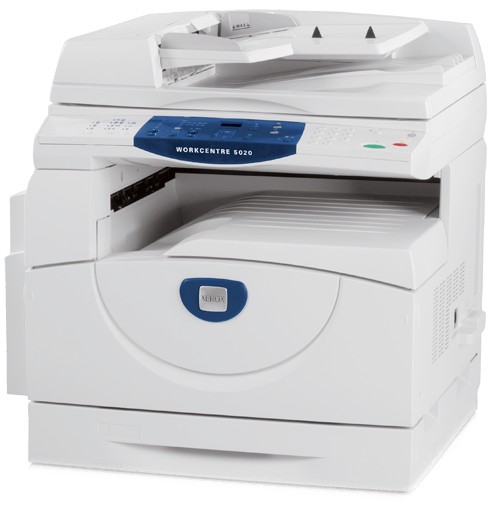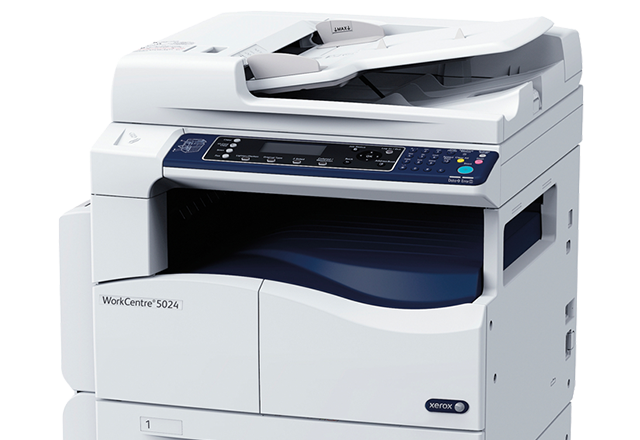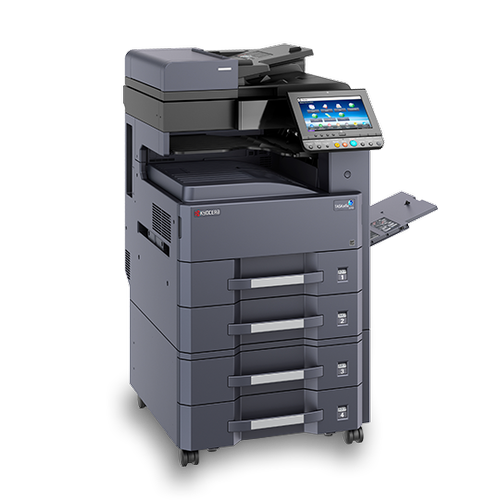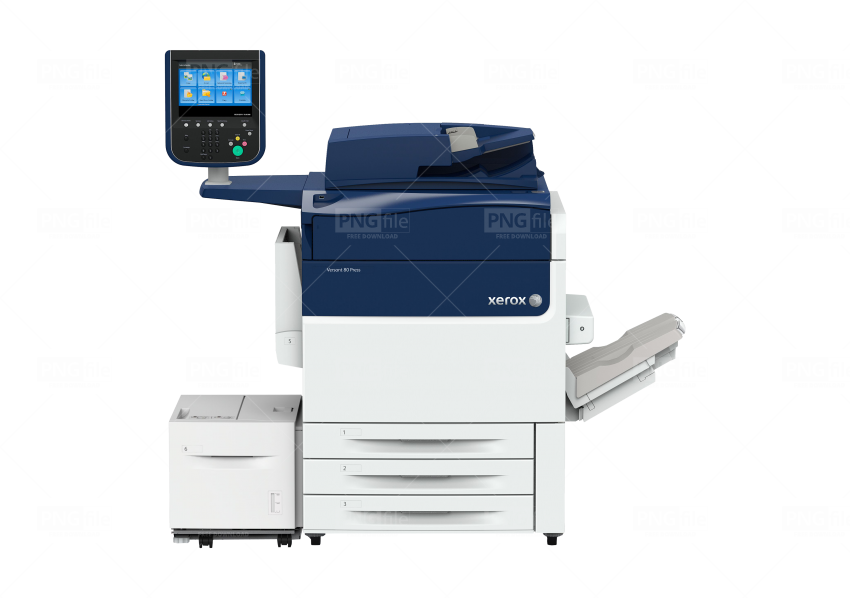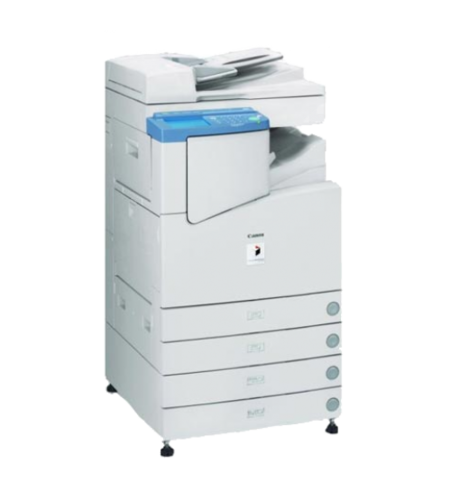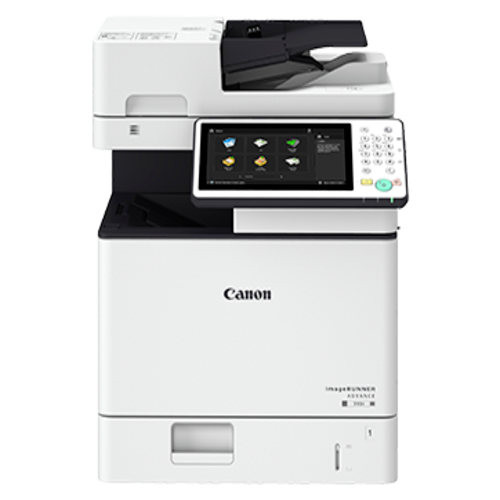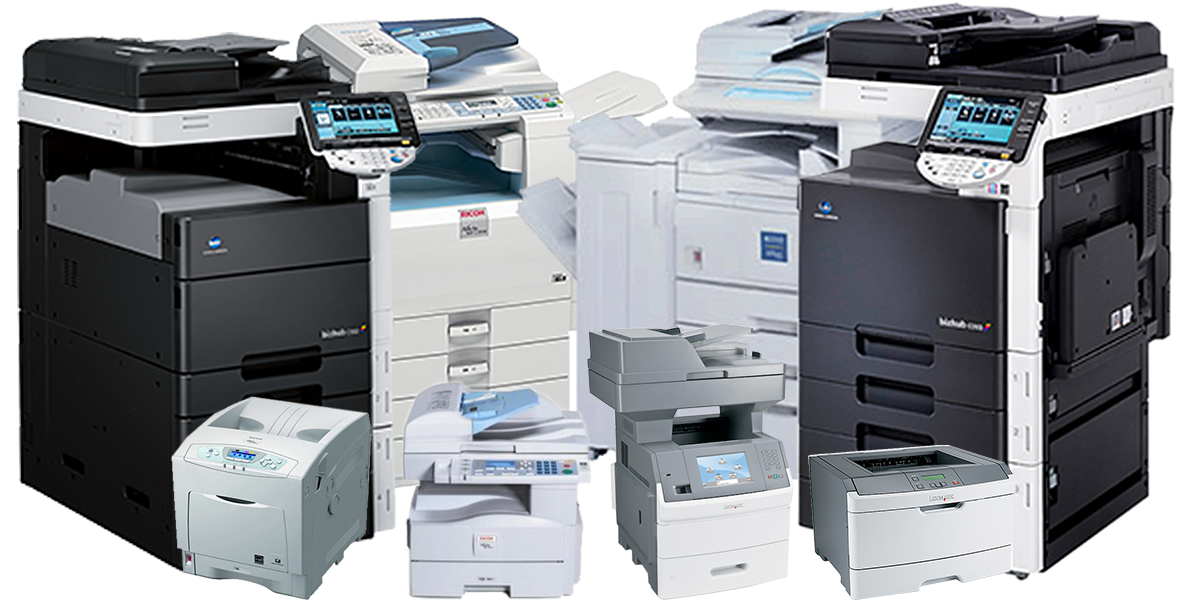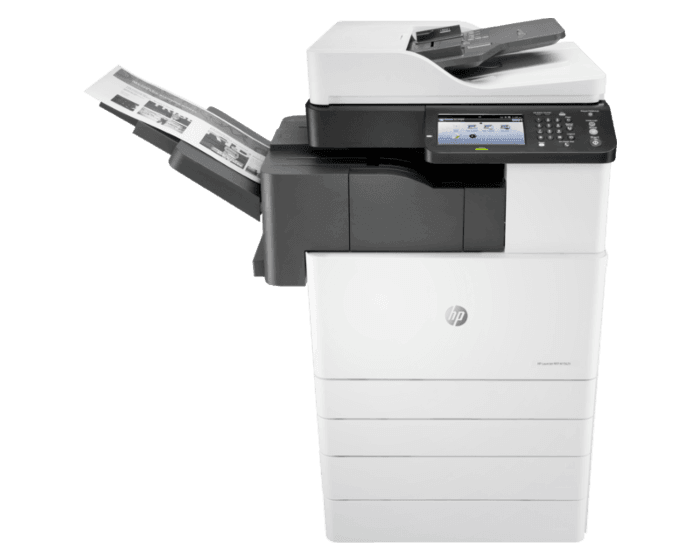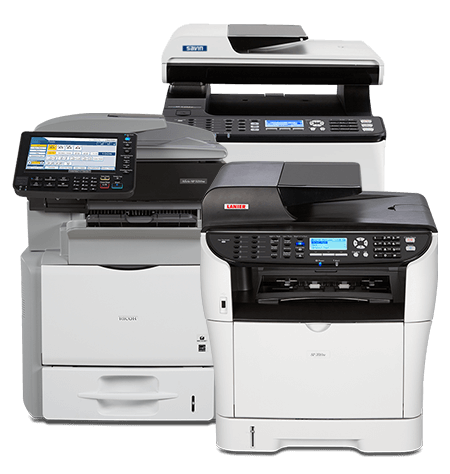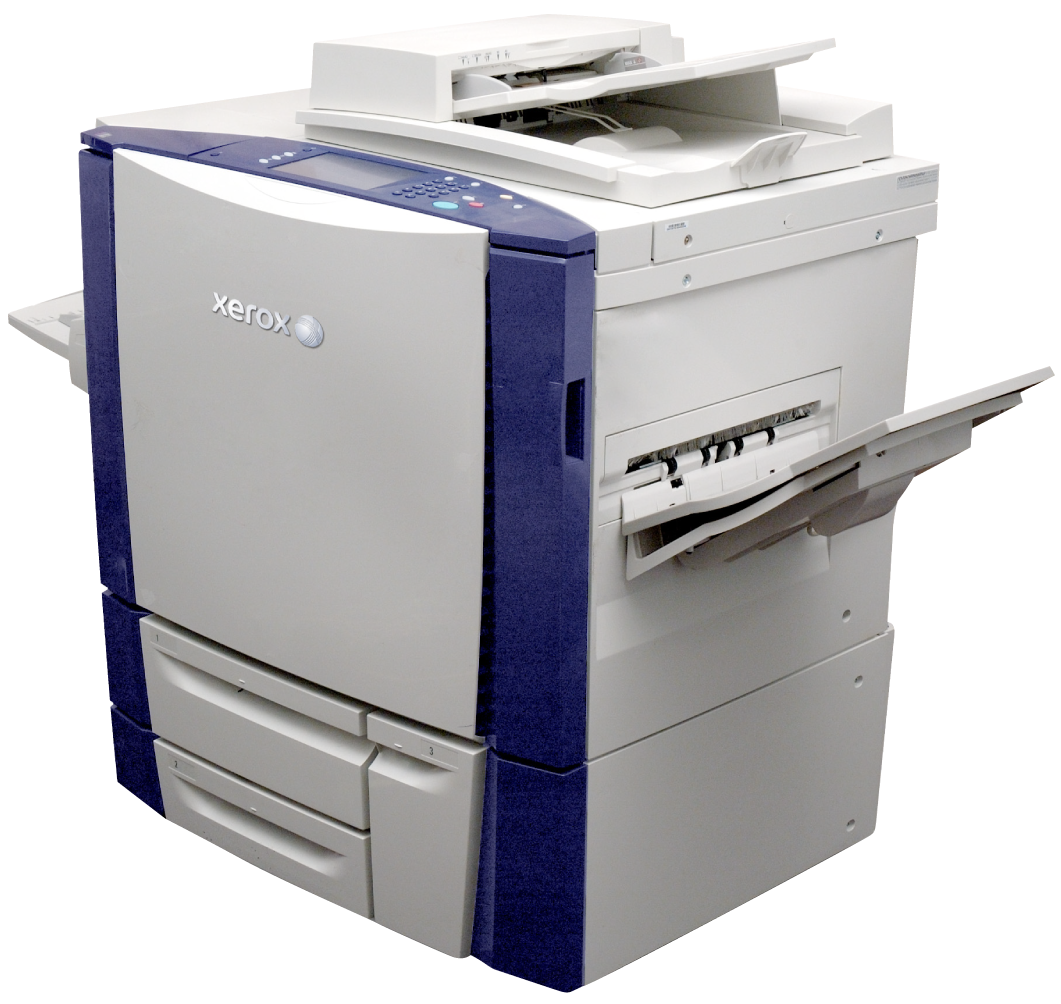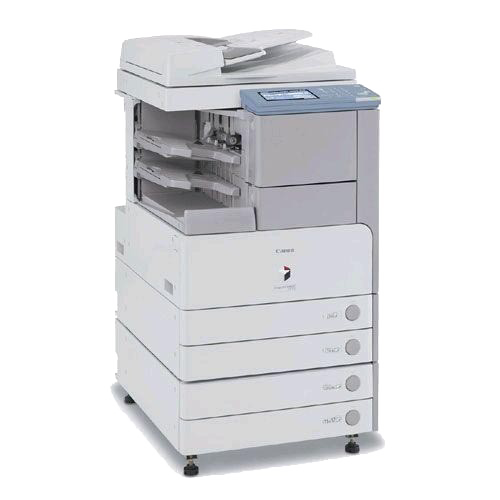Download top and best high-quality free Photocopier Machine PNG Transparent Images backgrounds available in various sizes. To view the full PNG size resolution click on any of the below image thumbnail.
License Info: Creative Commons 4.0 BY-NC
A photocopier is a machine that swiftly and inexpensively copies papers and other visual images onto paper or plastic film. Xerography is a dry process that uses electrostatic charges on a light-sensitive photoreceptor to attract and then transfer toner particles (a powder) onto paper in the shape of an image in most current photocopiers. Heat, pressure, or a combination of both are used to fuse the toner to the paper. Other technologies, such as inkjet, can be used by copiers, but xerography is the industry standard for office copying.
Xerox began commercial xerographic office photocopying in 1959, progressively replacing Verifax, Photostat, carbon paper, mimeograph machines, and other duplicating equipment.
In the commercial, education, and government sectors, photocopying is frequently employed. Photocopiers are still commonly used in 2015, despite forecasts that they will become obsolete as information workers expand their usage of digital document production, storage, and distribution and depend less on delivering physical bits of paper.
During the 1980s, several high-end machines began to converge towards what became known as a multi-function printer: a device that integrated the functions of a photocopier, fax machine, scanner, and computer network-connected printer. During the 1990s, low-cost machines that can copy and print in color dominated the home-office market as their costs progressively dropped. High-end color photocopiers that can handle high-volume printing and large-format printing are still an expensive alternative reserved for print and design firms.
Chester Carlson, the creator of photocopying, was a patent attorney who also worked as a researcher and inventor on the side. His position at the New York Patent Office required him to make several copies of crucial documents. This was a difficult and time-consuming process for Carlson, who was arthritic. Carlson experimented with “electrophotography” in his kitchen and registered for a patent for the method in 1938. He used a sulfur-coated zinc plate to make the first photocopy.
On a microscope slide, the words “10-22-38 Astoria” were written, which was then put on top of additional sulfur and exposed to intense light. A mirror image of the text remained when the slide was withdrawn. Carlson attempted to market his idea to a few firms but was unsuccessful due to the fact that the process was still in its infancy.
People did not recognize the necessity for an electronic machine at the time because multiple copies were most typically created at the place of document generation using carbon paper or manual duplicating machines. Carlson was turned down by almost 20 businesses between 1939 and 1944, including IBM and General Electric, both of whom did not feel there was a sufficient demand for copiers.
Carlson was hired by the Battelle Memorial Institute, a non-profit organization in Columbus, Ohio, to perfect his revolutionary approach in 1944. The institute experimented over the following five years to enhance the electrophotography method. In 1947, Battelle received a request from Haloid Corporation (a modest New York-based maker and supplier of photographic paper) to develop and commercialize a copying machine based on this technique.
Haloid thought the term “electrophotography” was overly technical and lacked recall value. Haloid and Carlson altered the name of the procedure to “xerography” after consulting a professor of ancient language at Ohio State University. “Xerography” is derived from Greek terms that mean “dry writing.” The new copying machines were dubbed “Xerox Machines” by Haloid, and the term “Xerox” was trademarked in 1948. Eventually, Haloid was renamed Xerox Corporation.
Xerox Corporation introduced the Model A, the first xerographic copier, in 1949. After dethroning IBM as the world’s leading computer manufacturer, Xerox became so ubiquitous in North America that photocopying became known as “xeroxing.” Xerox has battled hard to keep the name “Xerox” from becoming a generic trademark. While the name “Xerox” has surfaced in several dictionaries as a synonym for photocopying, Xerox Corporation normally demands that such entries be updated and that the term “Xerox” not be used in this manner.
Radio Corporation of America (RCA) invented Electrofax, a version on the method in which pictures are produced directly on specially coated paper and rendered using a toner distributed in a liquid, in the early 1950s.
Download Photocopier Machine PNG images transparent gallery.
- Photocopier Machine Equipment PNG Photo
Resolution: 640 × 440
Size: 227 KB
Image Format: .png
Download
- Photocopier Machine Equipment PNG Images
Resolution: 731 × 787
Size: 364 KB
Image Format: .png
Download
- Photocopier Machine PNG Photo
Resolution: 1024 × 282
Size: 87 KB
Image Format: .png
Download
- Photocopier Machine PNG Clipart
Resolution: 613 × 636
Size: 52 KB
Image Format: .png
Download
- Photocopier Machine Equipment
Resolution: 545 × 873
Size: 213 KB
Image Format: .png
Download
- Photocopier Machine Equipment Transparent
Resolution: 600 × 600
Size: 65 KB
Image Format: .png
Download
- Photocopier Machine Equipment PNG Cutout
Resolution: 640 × 440
Size: 118 KB
Image Format: .png
Download
- Photocopier Machine PNG Picture
Resolution: 559 × 434
Size: 43 KB
Image Format: .png
Download
- Photocopier Machine Equipment PNG Image
Resolution: 800 × 800
Size: 106 KB
Image Format: .png
Download
- Photocopier Machine PNG
Resolution: 500 × 500
Size: 69 KB
Image Format: .png
Download
- Photocopier Machine PNG File
Resolution: 538 × 537
Size: 135 KB
Image Format: .png
Download
- Photocopier Machine Equipment PNG File
Resolution: 512 × 512
Size: 43 KB
Image Format: .png
Download
- Photocopier Machine PNG Images
Resolution: 865 × 1024
Size: 613 KB
Image Format: .png
Download
- Photocopier Machine Equipment PNG Clipart
Resolution: 539 × 350
Size: 65 KB
Image Format: .png
Download
- Photocopier Machine
Resolution: 500 × 508
Size: 93 KB
Image Format: .png
Download
- Photocopier Machine PNG Image
Resolution: 640 × 440
Size: 299 KB
Image Format: .png
Download
- Photocopier Machine Transparent
Resolution: 500 × 500
Size: 216 KB
Image Format: .png
Download
- Photocopier Machine PNG HD Image
Resolution: 850 × 598
Size: 178 KB
Image Format: .png
Download
- Photocopier Machine PNG Pic
Resolution: 451 × 499
Size: 127 KB
Image Format: .png
Download
- Photocopier Machine Equipment PNG Photos
Resolution: 500 × 500
Size: 173 KB
Image Format: .png
Download
- Photocopier Machine PNG Cutout
Resolution: 1200 × 600
Size: 836 KB
Image Format: .png
Download
- Photocopier Machine Equipment PNG Pic
Resolution: 700 × 560
Size: 36 KB
Image Format: .png
Download
- Photocopier Machine Equipment PNG Picture
Resolution: 450 × 474
Size: 53 KB
Image Format: .png
Download
- Photocopier Machine PNG Photos
Resolution: 1061 × 1004
Size: 1036 KB
Image Format: .png
Download
- Photocopier Machine Equipment PNG
Resolution: 500 × 500
Size: 108 KB
Image Format: .png
Download
